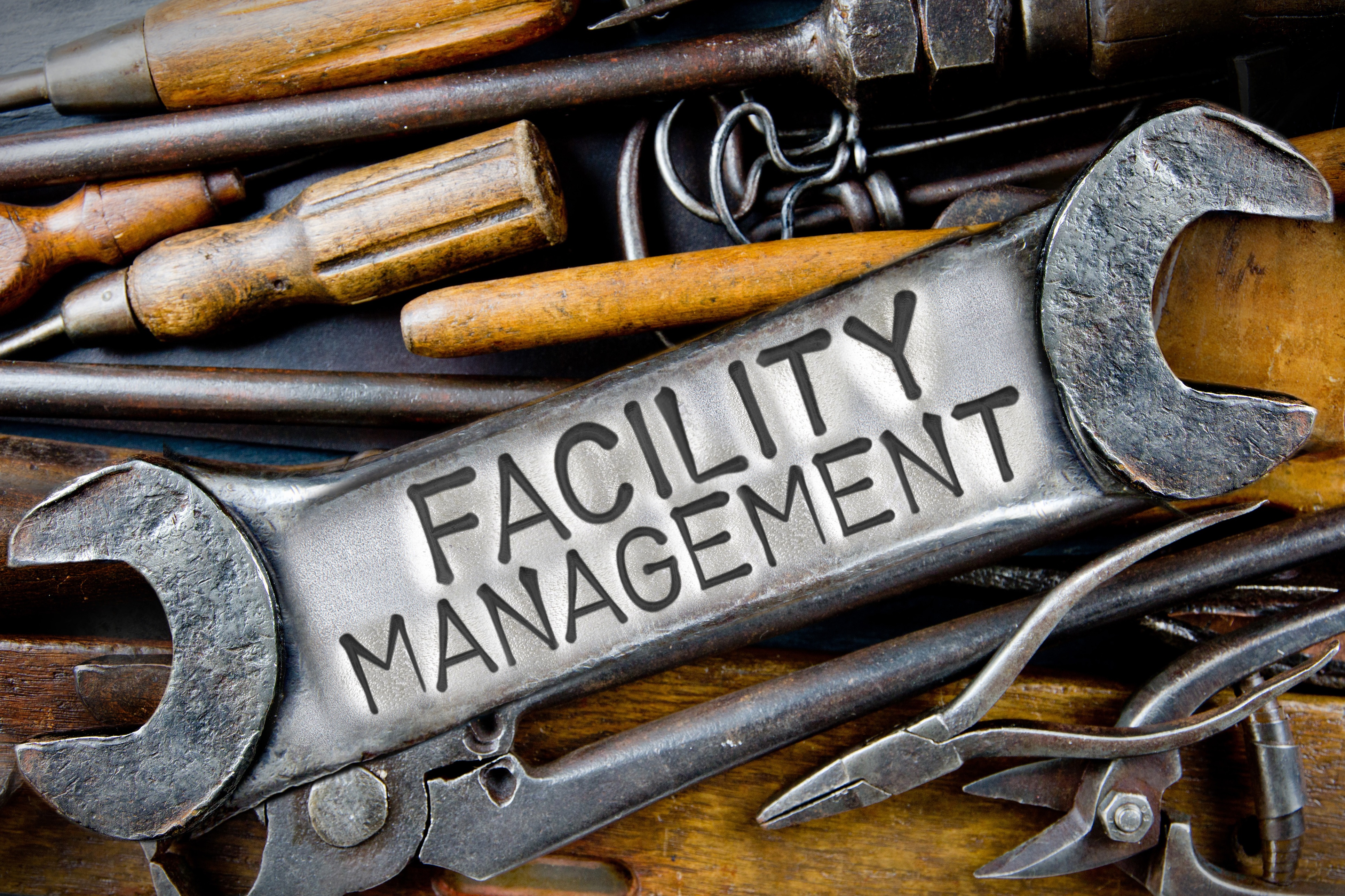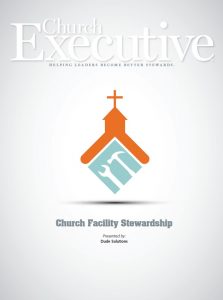
What’s the cost of not investing now ?
By Donovan Loomis
 Thom Rainer recently shared a list of the top 10 questions pastors ask him, and No. 2 was, What do I do about our aging facilities?
Thom Rainer recently shared a list of the top 10 questions pastors ask him, and No. 2 was, What do I do about our aging facilities?
Every church will inevitably have to ask this question. Preventive maintenance (PM) and capital planning will help ensure that time doesn’t come prematurely — and when it does come, you have the funding to take the needed steps.
As I pointed out in a recent article, a well-managed PM program and capital plan can have one of the biggest effects on good facility stewardship. Unfortunately, with so many responsibilities to juggle, church facility managers often have little time to do preventive maintenance, and even less time to provide thorough documentation to assist with decision-making. This forces them to rely on guesswork and breakdowns for allocating funds.
Patrick Scriven, in his article on after.church, says it perfectly: “The problem with deferred maintenance is that it is borrowing upon the promise of the future for the sake of the present. A broken physical plant is a terrible thing to gift upon the next generation.”
If we truly believe God has entrusted these gifts to us, shouldn’t we take great care over them? Passive leadership has no place in the secular world, and certainly no place in stewarding God-given gifts.
A weak preventive maintenance program typically coincides with a weak capital plan. If we don’t have a healthy reserve fund, how do we plan for big expenses? This is a dangerous way to operate, which is why we need a two-pronged approach with both PM and capital planning at the forefront.
Preventive maintenance
The goal of a PM plan is to ensure equipment is operating at maximum efficiency, preserving your assets while eliminating potential safety hazards. As you become more proactive, your day-to-day becomes less chaotic with less disruptions, and you become future-focused and can effectively prioritize your time and resources.
The return on investment long-term is remarkable. A facility without preventive maintenance deteriorates about twice as quickly as one that gets regular PM. For deferred maintenance, a repair that is put off until next year will cost on average twice what it costs to fix today.
How do you become more proactive with limited resources?
First, leadership and operations must understand the long-term consequences of staying the same. You will need to document the amount of deferred maintenance,

and time spent on reactive maintenance. From there, the data might tell you that, for example, you don’t currently have the human resources to catch up. You can then ask for volunteers or contract more out during the catch-up period.
When you’re taking on a PM plan, start by prioritizing items that relate to safety and security (i.e., keep bushes trimmed back from grade-level and basement windows, check windows and exit doors daily, etc.). This includes items such as ensuring that you’re within code. (i.e., Are emergency exits unobstructed? When was the last time you tested or serviced emergency lighting and fire extinguishers?)
Next, you can execute on items that will help extend the life of your facilities (i.e., investigate any leaks or unusual noises, keep roof drains free of debris, periodically inspect energy efficiency settings, etc.).
Now that you have a PM plan in place, it’s important to ensure your budget and assets align for the future with capital planning.
There are three parts to a capital plan:
1) Component List — Outlining your assets and a schedule of all major predictable repair and replacement projects. To make an informed decision on when it will need to be replaced, you should have visibility into all work orders and how many of them were breakdowns versus PM.
2) Reserve Fund Strength — Compares how much money has already been set aside in reserve to how much deterioration has occurred
3) A Funding Plan — Identifies how much money needs to be put into your reserve fund each year to prepare for the replacement of the asset. The goal is to be more than 80-percent funded.
For an older asset with deferred maintenance, you can use the Facility Condition Index (FCI) to decide if it makes sense to repair or replace. Take the needed repair costs, divided by the replacement cost, to get a percentage form. From there, refer to the table below:

How do we tie our PM program into our capital plan?
If you don’t have good documentation of asset history, getting a facility condition assessment (FCA) will provide you with a capital plan. Implementing a computerized maintenance management program (CMMS) will help you track your maintenance after the assessment and turn the assessment information into a living, breathing document.
A CMMS will also help integrate your PM and capital planning program by giving you full insight into your asset’s work order history and providing a snapshot that tells the asset’s full story around how much it is worth, and how much it is costing you to maintain.
When you begin to have a healthy and cohesive preventive maintenance and capital planning program, you create a controlled and manageable process that will help you plan ahead so you can minimize surprises and run the facilities instead of letting them run you.
Most importantly, you are choosing to intentionally care for the gifts God has entrusted to you.
Donovan Loomis has more than three years of experience in church facility management, collaborating with more than 200 churches. He serves as Dude Solutions’ Industry Specialist focusing on religious organizations. He graduated with a BS degree in 2012 from East Carolina University.


